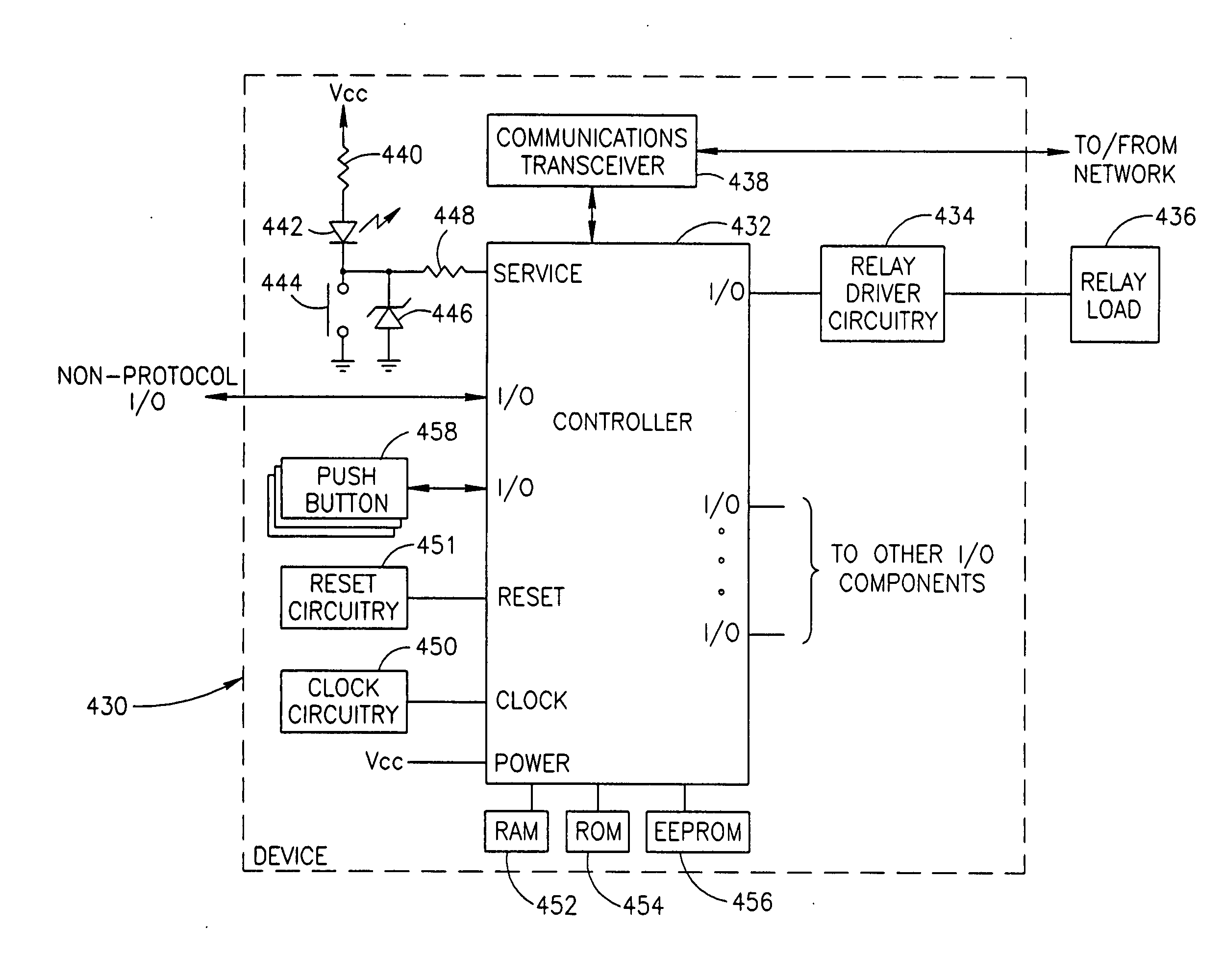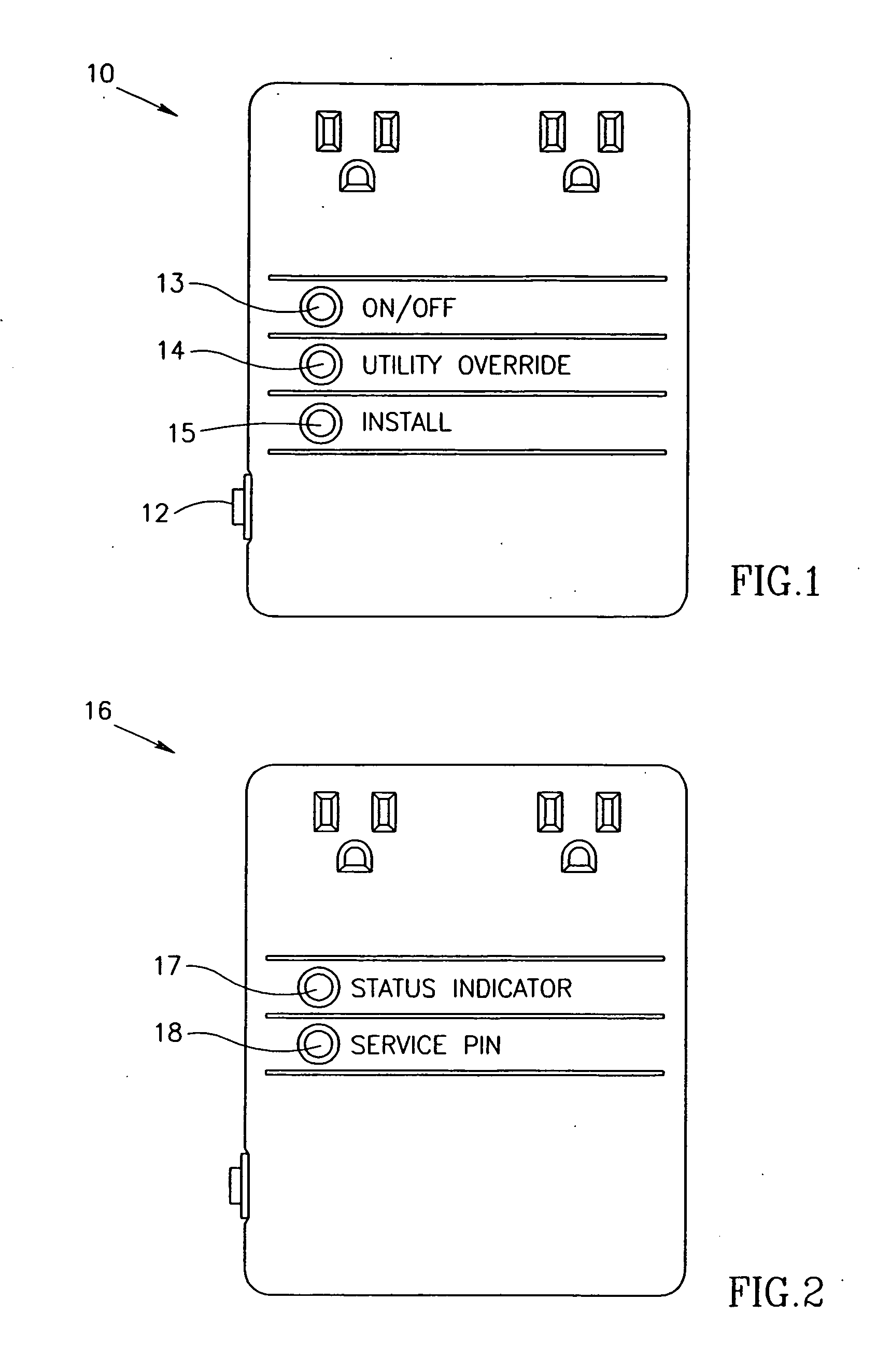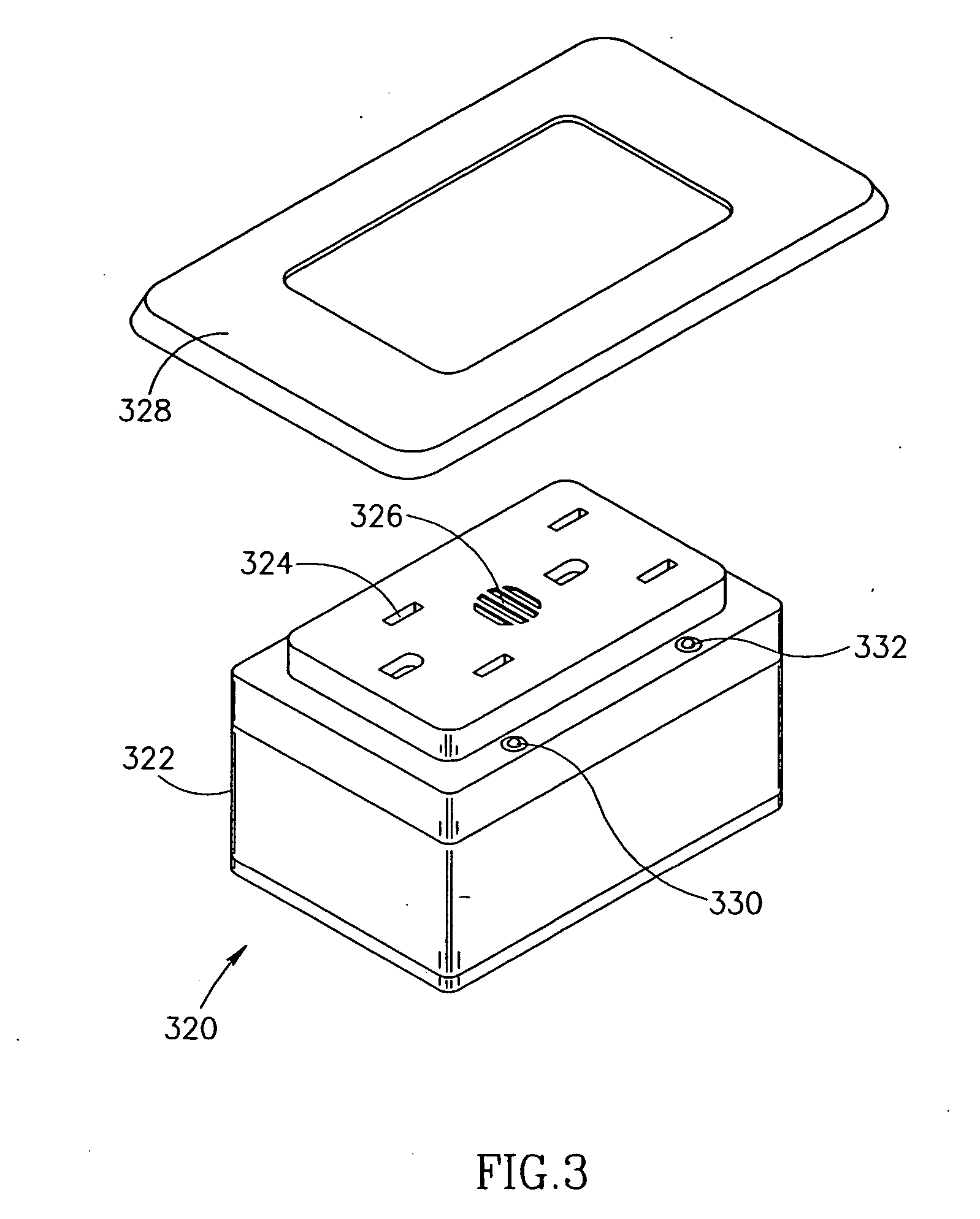Method of adding a device to a network
a network and device technology, applied in the field of home automation, can solve the problems of too long time and proliferation of automation systems in the home, and achieve the effect of making the binding process much simpler
- Summary
- Abstract
- Description
- Claims
- Application Information
AI Technical Summary
Benefits of technology
Problems solved by technology
Method used
Image
Examples
Embodiment Construction
Notation Used Throughout
[0073] The following notation is used throughout this document.
TermDefinitionACAlternating CurrentBACNetBuilding Automation and Control NetworkCEBusConsumer Electronics BusDIYDo It YourselfDLLDynamic Link LibraryEEPROMElectrically Erasable Programmable Read Only MemoryHpnpHome Plug And PlayHVACHeating Ventilation Air ConditioningICIntegrated CircuitIRInfraredLANLocal Area NetworkLCDLiquid Crystal DisplayLEDLight Emitting DiodeOSOperating SystemPCPersonal ComputerPDAPersonal Digital AssistantRAMRandom Access MemoryRFRadio FrequencyROMRead Only MemorySNVTStandard Network Variable TypeUSBUniversal Serial BusVCRVideo Cassette RecorderWANWide Area Network
General Description
[0074] The present invention comprises a method of connecting electrical or electronic devices to an automation or multimedia network such that they are assigned an address and are configured so as to be recognized by other devices on the network. The automation network may be adapted for ho...
PUM
 Login to View More
Login to View More Abstract
Description
Claims
Application Information
 Login to View More
Login to View More - R&D
- Intellectual Property
- Life Sciences
- Materials
- Tech Scout
- Unparalleled Data Quality
- Higher Quality Content
- 60% Fewer Hallucinations
Browse by: Latest US Patents, China's latest patents, Technical Efficacy Thesaurus, Application Domain, Technology Topic, Popular Technical Reports.
© 2025 PatSnap. All rights reserved.Legal|Privacy policy|Modern Slavery Act Transparency Statement|Sitemap|About US| Contact US: help@patsnap.com



